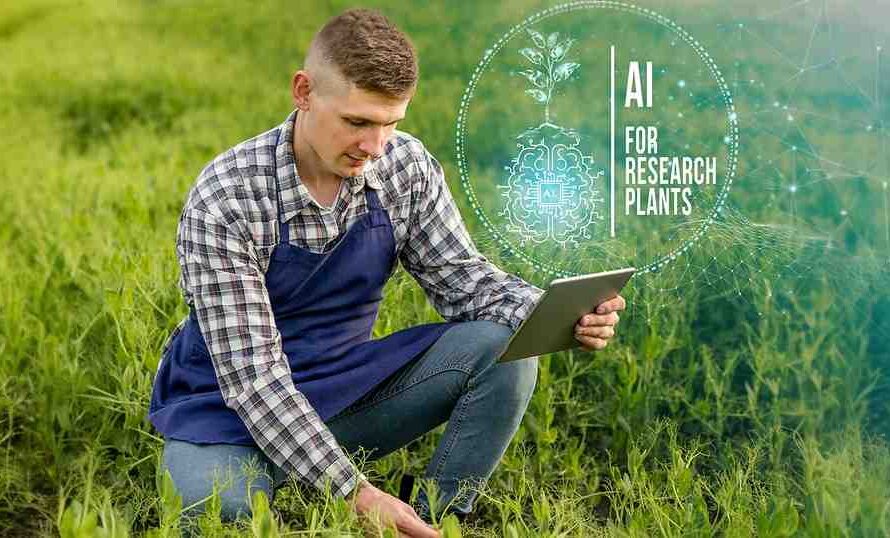Can AI help the environment? The survival of all animals is important to maintain the balance of the ecosystem. All living things are important to each other. The disruption in the balance of species’ populations disturbs the food chain. People use animals for their medicinal value, to maintain soil fertility, and to prevent pandemics. We can use AI to facilitate the substantial task of wildlife conservation. AI help the environent very vast.
1. Can AI help the environment? Using AI for Tracking Wildlife:
It’s possible to look out for wildlife using machine learning and drone image datasets. This type of information is useful in determining whether a species’ population is rising or declining. Using images gathered from satellites, AI trains itself to recognize distinct species. One way to track species is by using AI to inspect animal footprints. The anatomical differences in the structures of feet of different species lend each one a different footprint.
Images collected over 6 months were used in a study at Serengeti National Park were used in a study. AI was able to label all these images in just a few hours. On the other hand, thousands of human volunteers achieved the same task in months. AI can also differentiate between the sounds of different species. Scientists plant hidden cameras in different habitats to monitor wildlife behavior. This type of AI too helps with the conservation of wildlife.
2. Using AI to Prevent Wildlife Poaching
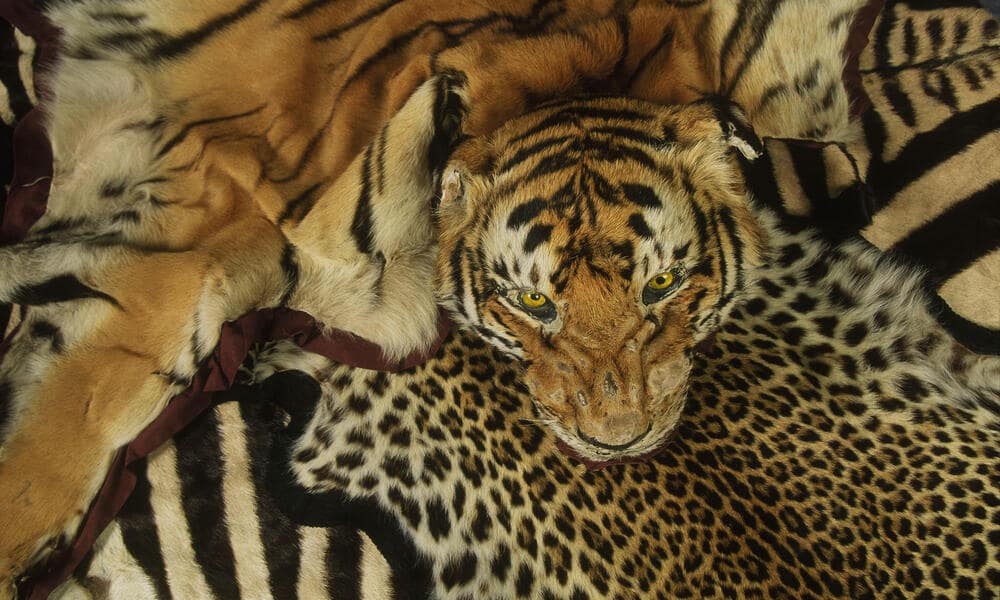
Before AI, researchers had to trek miles of land to look for hidden traps. However, AI uses game theory to predict the path poachers may take. It uses previous data and identifies which route would be most convenient for poachers, alerting park rangers. In cameras, neural network algorithms are used for object detection, including the presence of humans. Thus, such AI-driven cameras can notify park personnel to take action before any animals face harm.
Acoustic sensing allows conservationists to hear the sounds of gunshots. You can also hear the rumbling of elephants or other sounds of animals in distress. Hence, alerting the presence of intruders. Events up to 1km away can be recorded. Scientists are also testing cell phone-based sensors, which can tell if other SIMs are present nearby, hinting at the presence of poachers. Such devices exist, which can be operated in areas with poor or no Wi-Fi as is often the case with national parks and remote wildlife habitats. Cameras are installed which use AI to detect threats and alert authorities via satellites. Elephants, rhinos, and tigers are among the most likely to be poached.
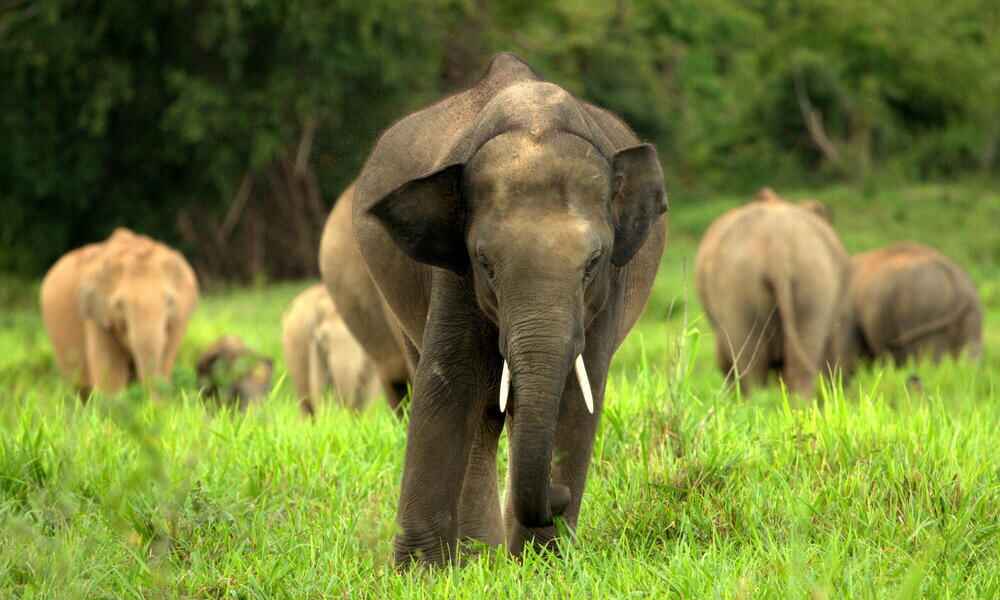
3. Using AI to Protect Marine Life
AI-enabled cameras on drones are spotting plastic waste and mobilizing marine conservation units to remove it. In addition to preventing pollution, researchers have trained AI programs to identify thousands of rare species that exist deep down in the ocean.
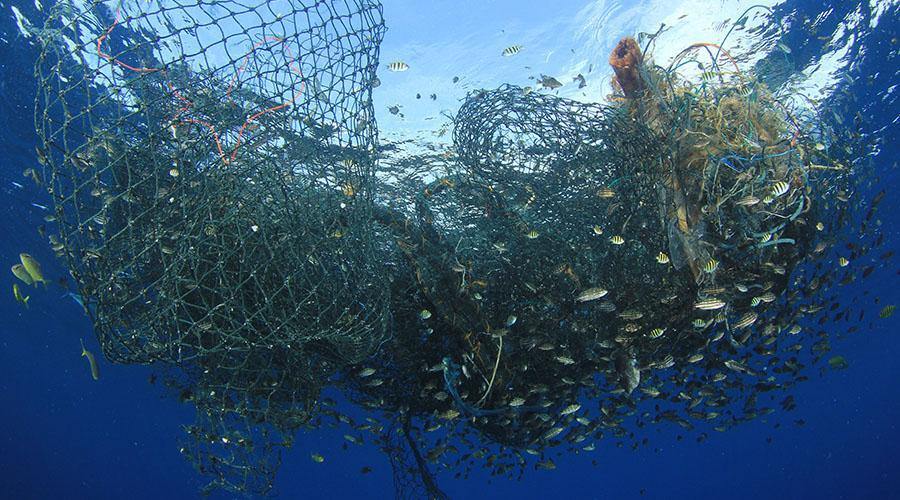
Overfishing leads to an imbalance in fish populations. Consequently, the entire food web becomes unstable. This instability, damages other living organisms present in the water such as sea turtles and coral reefs. People are also using AI to promote sustainable fishing and stop overfishing. Cameras can detect the number and size of fish with the help of AI. Such cameras are connected to marine vessels. AI can monitor fishing boats and identify patterns associated with illegal fishing.
Coral reefs are used as a food source and to derive medications. They can even protect shorelines from erosion and devastating storms. in addition, coral reefs also provide an excellent recreational spot. Human actions are damaging Coral reef ecosystems every day. The use of AI-powered tools for monitoring coral reef health can help identify threatened coral reefs.
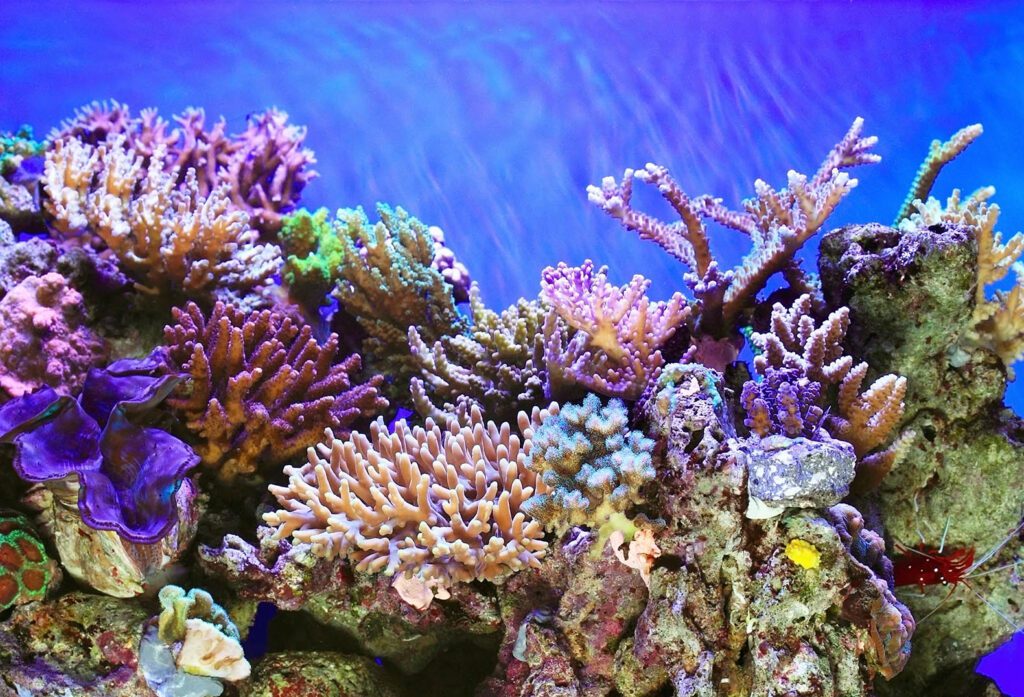
4. Using AI for Tracking Water Loss
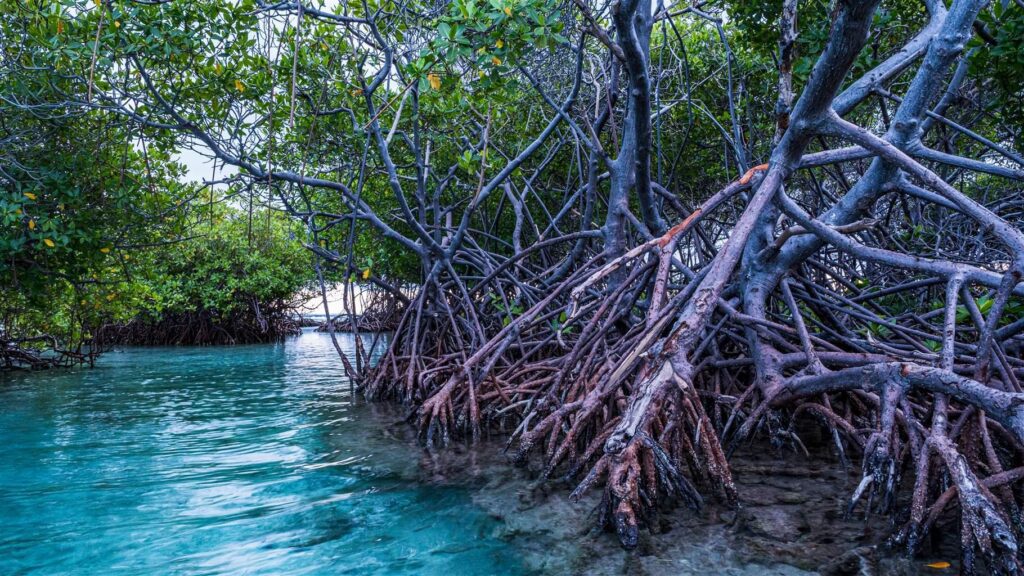
Living organisms rely on water for drinking and bathing purposes. In addition, water serves as a shelter for many species. Several countries rich in water bodies have experienced immense water losses emerging from climate change. One such country is Brazil which lost 15% of its water since the early 1990s. MapBiomas, a water project, used machine learning to process 150,000 images generated by NASA’s satellites. Only then did we come to know this alarming fact about Brazil’s water.
Machine learning, signal processing, and pattern matching work together to promote moderate water consumption. AI technology that analyzes water usage patterns, can notify when the water utilization has exceeded the normal trend. This could mean there is a leak. Thus AI helps in protecting water bodies which are required for wildlife conservation.
5. Using AI for Habitat Mapping
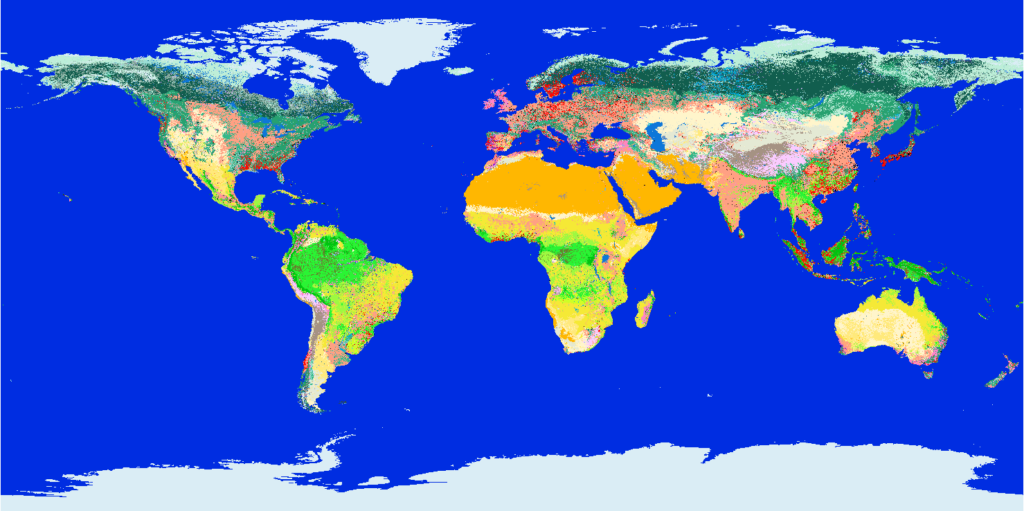
Habitat mapping is important to design environmental policies. Land management efforts and the designation of protected land areas require an understanding of habitat distribution. Using artificial intelligence, to improve biodiversity we can map habitats using neural networks. Mapping using AI can occur for both terrestrial and marine organisms. AI can also recognize mountains and plains. Without AI the process is time-consuming and hence the number of maps produced is small. AI accelerates the process of map production. This acceleration is useful for effective habitat management.
There is actually a whole discipline called GeoAI, which is used for geographic terrain detection. This paves the way for habitat mapping. The greater spatial and temporal resolution of satellite imagery updates the mapping techniques. Data collected on site and that gathered through remote sensing is brought together with expert knowledge of the field for improved mapping.


